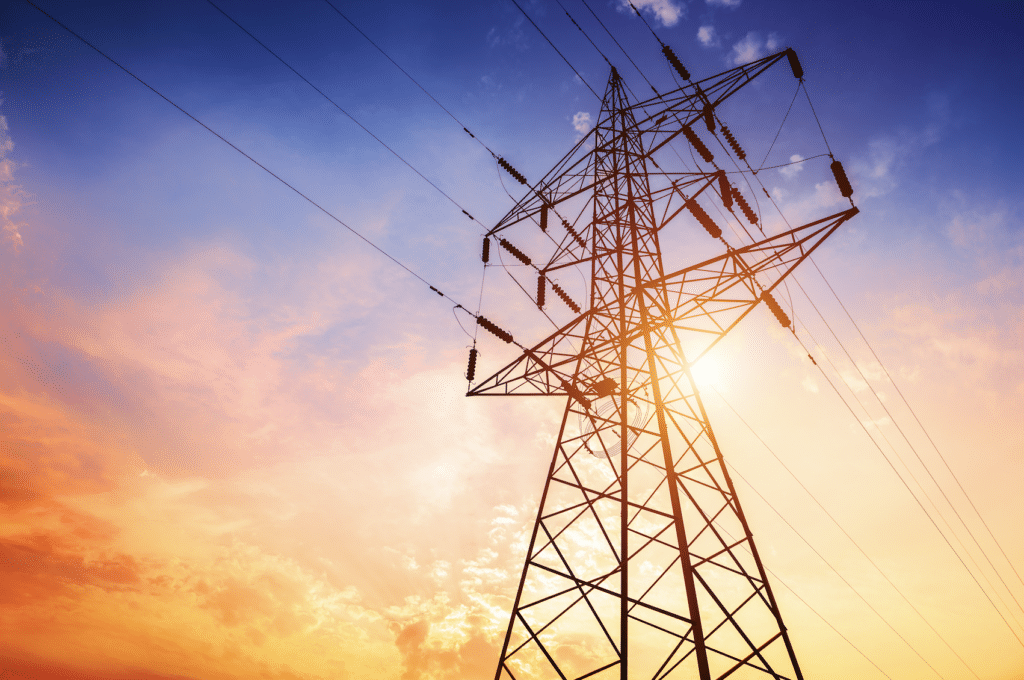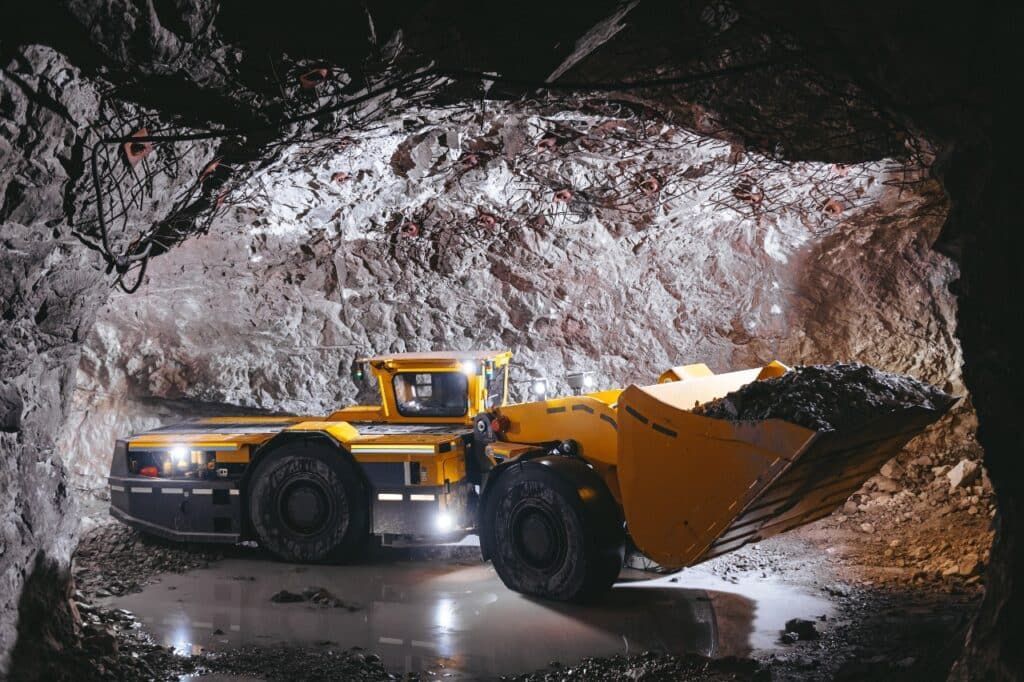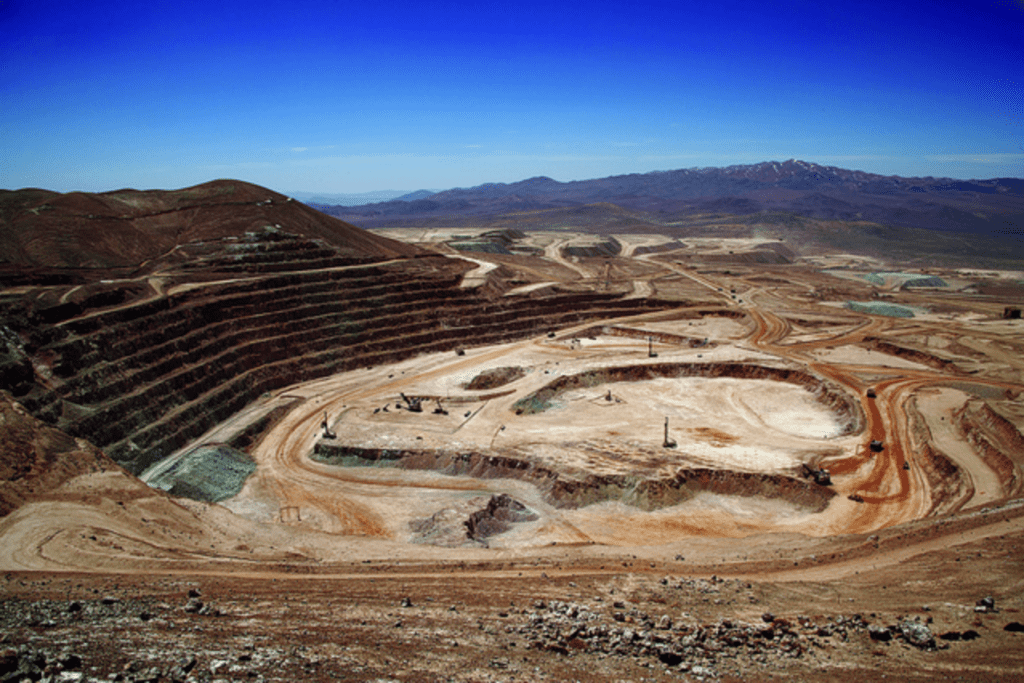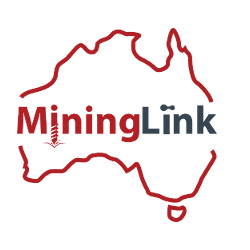Ioneer accelerates multiple development campaigns at Rhyolite Ridge lithium-boron project
Critical minerals developer Ioneer (ASX: INR) has set itself an innovative and aggressive work program leading up to the end of the calendar year, with a major focus on its 100%-owned Rhyolite Ridge lithium-boron project in Nevada, USA.
Activities on its agenda includes further geotechnical drilling in the South Basin area of the project, progressing federal permitting and a number of engineering studies.
Rhyolite Ridge is one of only two advanced lithium projects in the US and is expected to be a low-cost lithium site, due to the valuable boron co-product and innovative cost saving measures embedded in their sustainably designed operations.
Permitting approvals progressing
The company made strong progress on the project during the quarter, particularly on the permitting side, where the project continues to advance through the National Environmental Policy Act (NEPA) with a draft environmental impact statement (EIS) expected for completion in Q4 2023.
In the meantime, the company continues its preparations for commencement of construction in 2024, with a 24 month construction period predicted to be completed in 2026.
Ioneer has estimated that through the course of its lifetime, Rhyolite Ridge has the potential to help power upward of 50 million electric vehicles.
In the minority of US lithium projects
“Rhyolite Ridge is one of a limited number of lithium projects in the US expected to begin production by 2026. The site’s rare mineralogy and presence of our meticulously engineered, on-site processing facility will allow Ioneer to provide a stable, long-term, socially, and environmentally responsible source of lithium and boron in and for the United States,” said managing director Bernard Rowe.
“Ioneer’s progress toward a final investment decision and commencement of construction at Rhyolite Ridge continued this past quarter. We are financially well-positioned as we approach being fully permitted with conditional debt and equity commitments of nearly $1.9 billion.”
Positive leach tests
In September, Ioneer announced findings from its latest leach tests conducted on low-boron mineralisation, which further reinforced Rhyolite Ridge’s unique ability to help meet domestic lithium needs.
Mr Rowe said the results also demonstrated the material’s organic growth potential – currently excluded from project economics but located within the existing footprint of the proposed mine site.
“We look forward to completing the important federal permitting process, delivering these critical and valuable materials, and strengthening domestic EV supply chains,” he said.
In the meantime, Ioneer continues to progress engineering and procurement activities including construction planning, securing long lead items, and ensuring deliverables are at an “issued for construction” stage.
Community programs underway
Ioneer is also undertaking ongoing engagement programs with community stakeholders, including local tribal nations.
The company has also already successfully obtained the three key permit approvals from government it requires to commence construction at Rhyolite Ridge.
It has now obtained paperwork for hazardous waste disposal during the quarter.
A construction water rights application package was also recently submitted to the Nevada Department of Water Resources, with the application process continuing.
The company has also made progress on its sales and marketing activities, with the global boric acid price remaining relatively steady during Q3 2023.
On the lithium side, Wood Mackenzie has forecast continued strong growth. Technical-grade lithium chemicals is expected to play an important role in the industry as they will be used increasingly as a raw material for reprocessing and refining.
Source: https://smallcaps.com.au/ioneer-multiple-development-campaigns-rhyolite-ridge-lithium-boron-project/




